Do you ever feel like your home is not heating even though your furnace is running? There is a problem in your system, that's for sure. That's why we researched what could be wrong with your furnace to act like that and here is what we got.
Several various furnace issues could be the cause of a furnace that is turning on but not producing any heat. This could be because:
- You have the wrong thermostat setting
- There is an airflow problem in your ductwork
- Your fuel supply or ignition system is malfunctioning
Stay with us as we discuss how these issues affect the operation of your furnace and how to troubleshoot them. We'll also tackle some common furnace issues you might encounter in the future. Keep reading!

How Does Thermostat Settings Affect The Operation Of Your Furnace?
When your thermostat is set incorrectly, it may appear as though your furnace is running but no heat is being distributed via your vents.
You must first verify that your thermostat setting is on heat rather than cool if no hot air is emanating from your furnace. Even while it might seem straightforward, this is a mistake made more frequently than you might imagine.
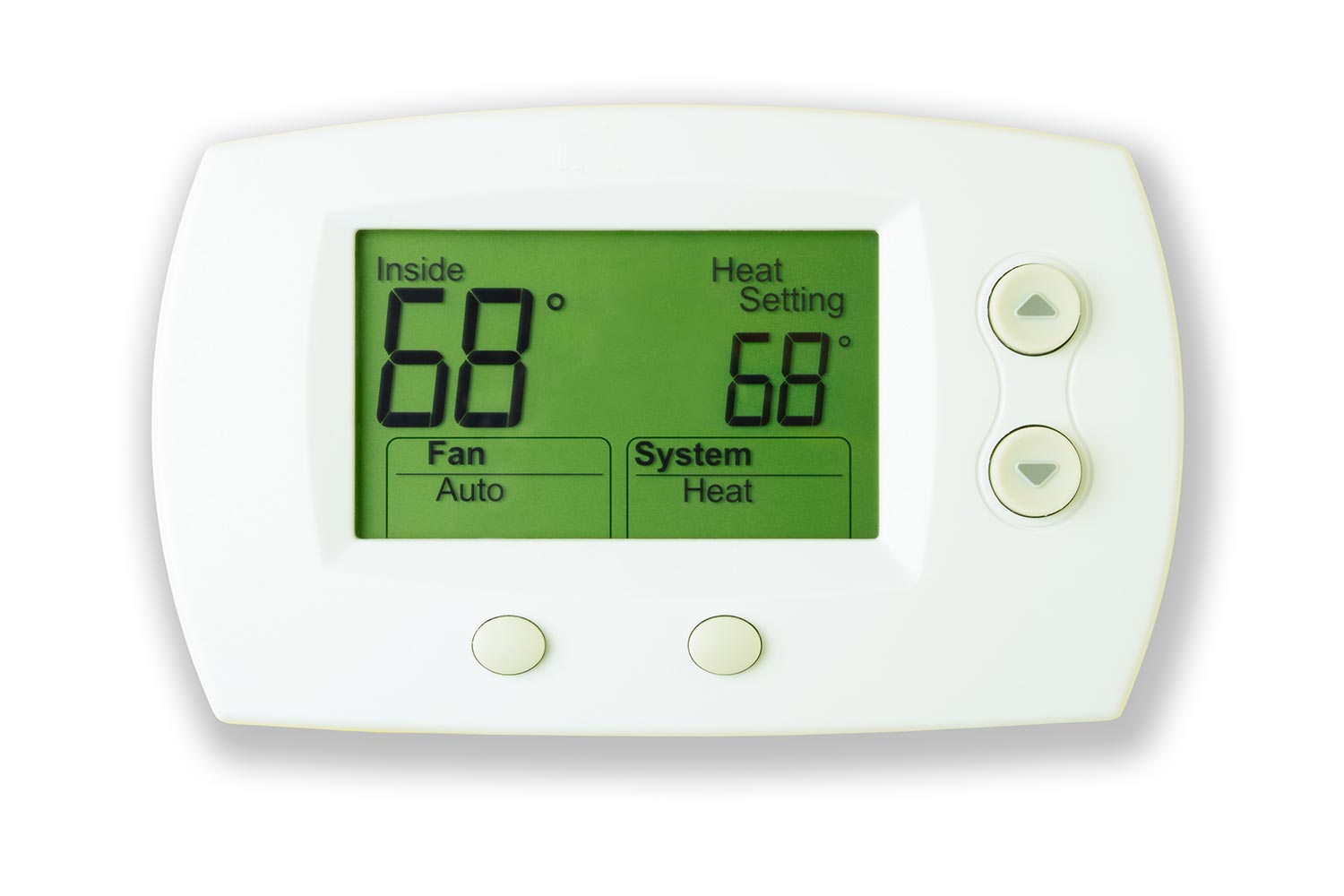
The fan operates continuously if it is turned ON. Although the blower motor is what is making the noise, the furnace itself may not be working.
How To Troubleshoot Incorrect Thermostat Setting?
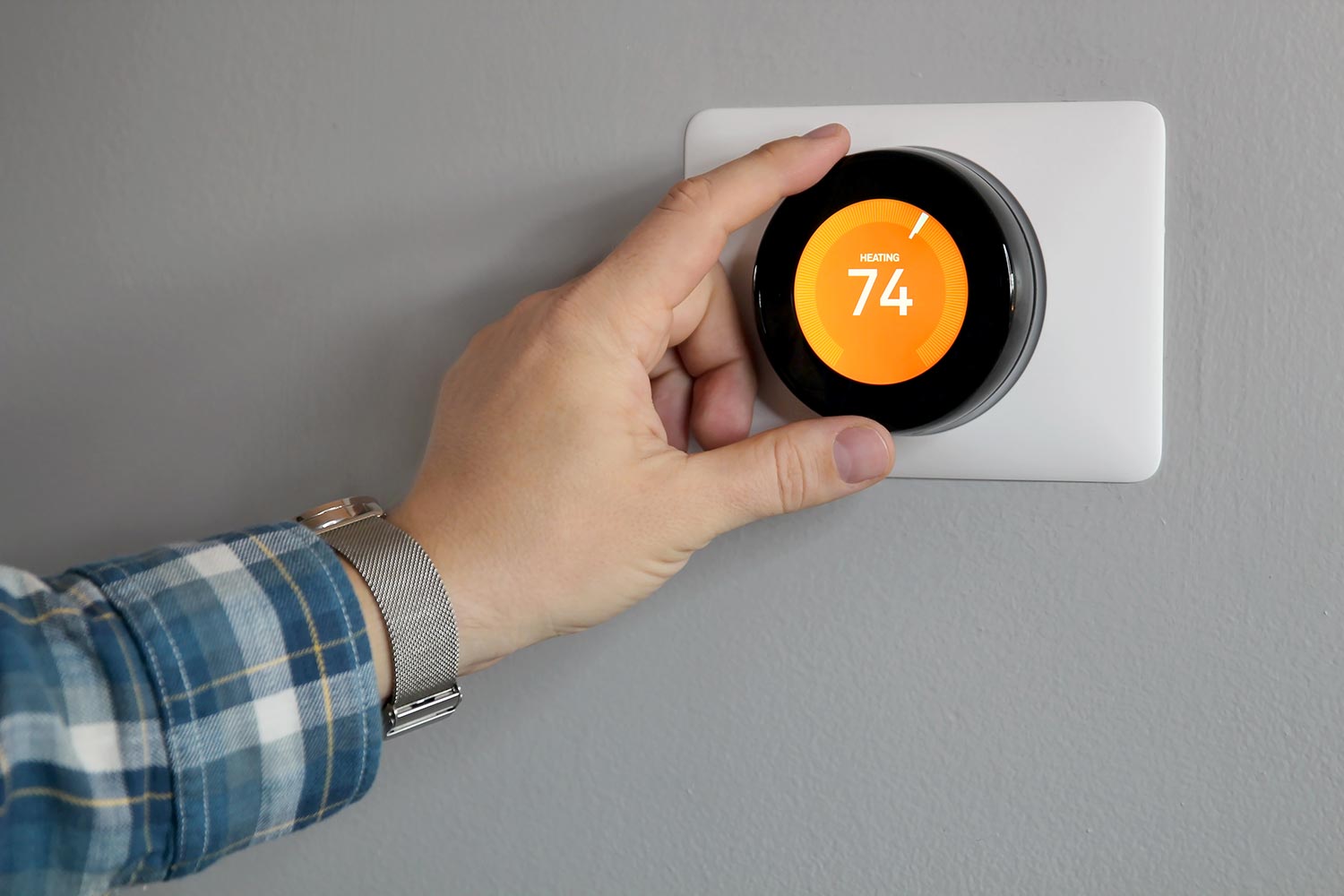
The process is quite simple. You just need to ensure that the fan is set to AUTO so that the blower motor will only activate during heating cycles.
When the furnace is off, leaving it on will cause the blower to push cold air rather than hot air out the vents, which will use more electricity.
Also, check if the thermostat is set a few degrees above the temperature of the room if the furnace won't turn on. This should start a heating cycle, turn on the furnace and keep it running.
What Causes Airflow Problems In Your Furnace?
Heat may not adequately circulate through the appliance and into your living spaces if there are airflow issues with the furnace or ductwork. There could be a blockage if you turn on the furnace but no heat is produced.
It may feel like there isn't much warm air leaving your vents because dirty air filters hinder airflow.

Here are some things you can do to prevent this from happening:
- To avoid issues with airflow, replace the furnace filter frequently.
- Because not all of the hot air produced by the furnace passes through the vents and into your living spaces, closed or blocked vents can also make it seem as though the furnace isn't producing enough heat.
- Verify that the louvers are open on every vent. Consider removing the vent cover and cleaning it if the louvers are stuck closed. If the louvers become stuck, it could be essential to replace the cover.
- Confirm that all of the home's registers and vents are unobstructed. Rugs, carpeting, furniture, and other large objects in your Birmingham house are typical impediments.
- Look inside the vent if you see minimal airflow coming from it to be sure nothing has fallen inside and obstructed it. You might be able to take things out with your hand or a long wire.
How To Know If Your Furnace Is Experiencing A Fuel Supply or Ignition System Malfunction?
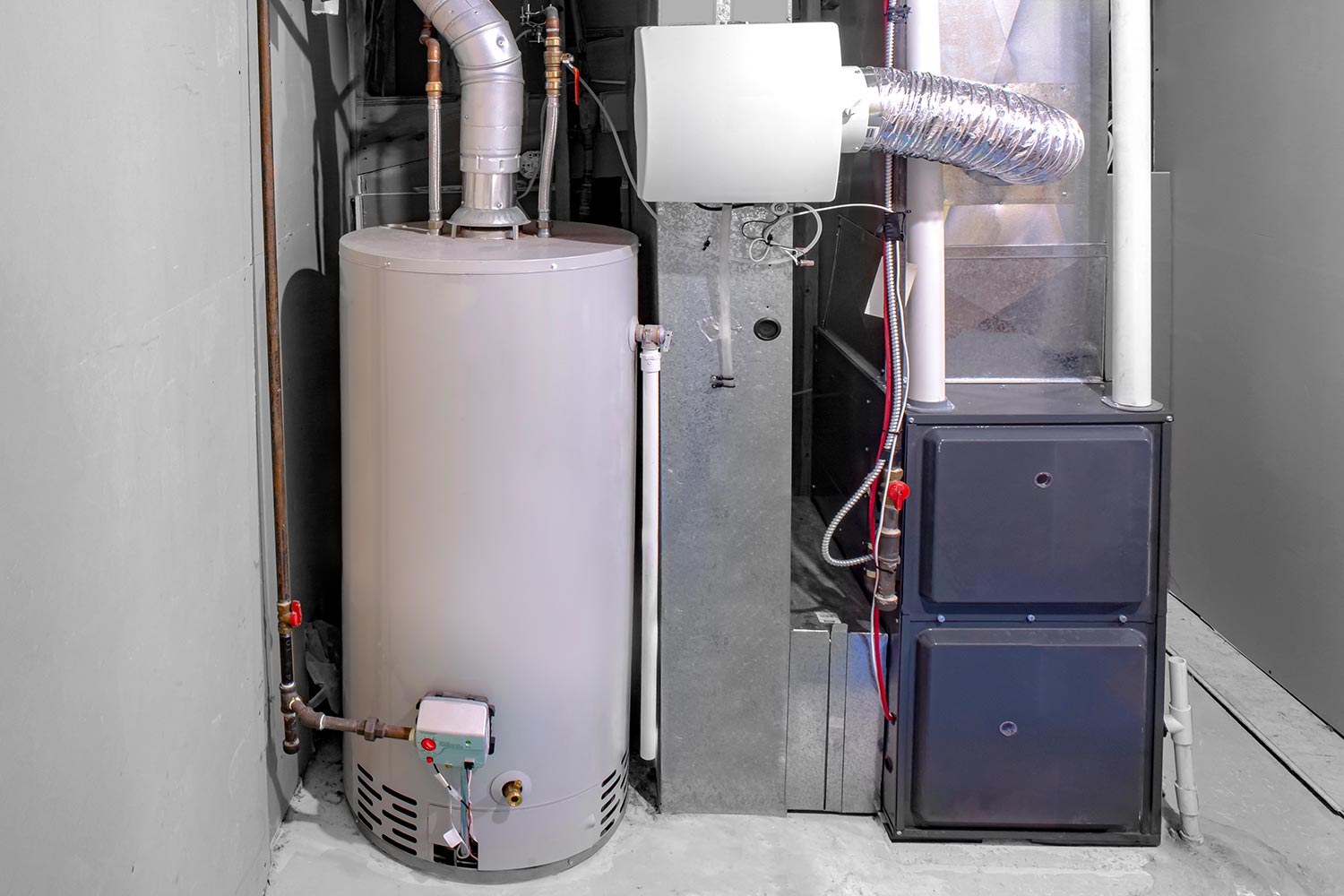
Your furnace won't produce any heat if something prevents it from obtaining gas since there won't be any fuel to burn. As a result, no heat is produced when the furnace is turned on.
Similarly, gas won't burn to provide heat if the ignition system isn't properly working.
To know if there is a fuel supply problem on your furnace, you can do these simple check-ups:
- Make sure the gas valve is open by checking it on your gas supply line.
- Check your tank to make sure there is enough fuel if you use liquid propane or oil for heating; if not, you may need to arrange for a refill.
- Check with your utility company to be sure there haven't been any service outages for natural gas.
But if you're suspecting there is damage to the ignition system of your unit, you can:
- Check to see if the pilot is out or if you have an older furnace with a pilot light. If you think you might need to relight it, do so by following the directions in the furnace owner's manual.
- It's likely that the metal strip of the igniter switch on your furnace's electronic ignition system is dusty. To see if this is the case, check. If so, you can carefully scrape it off, but take care because this part is quite fragile.
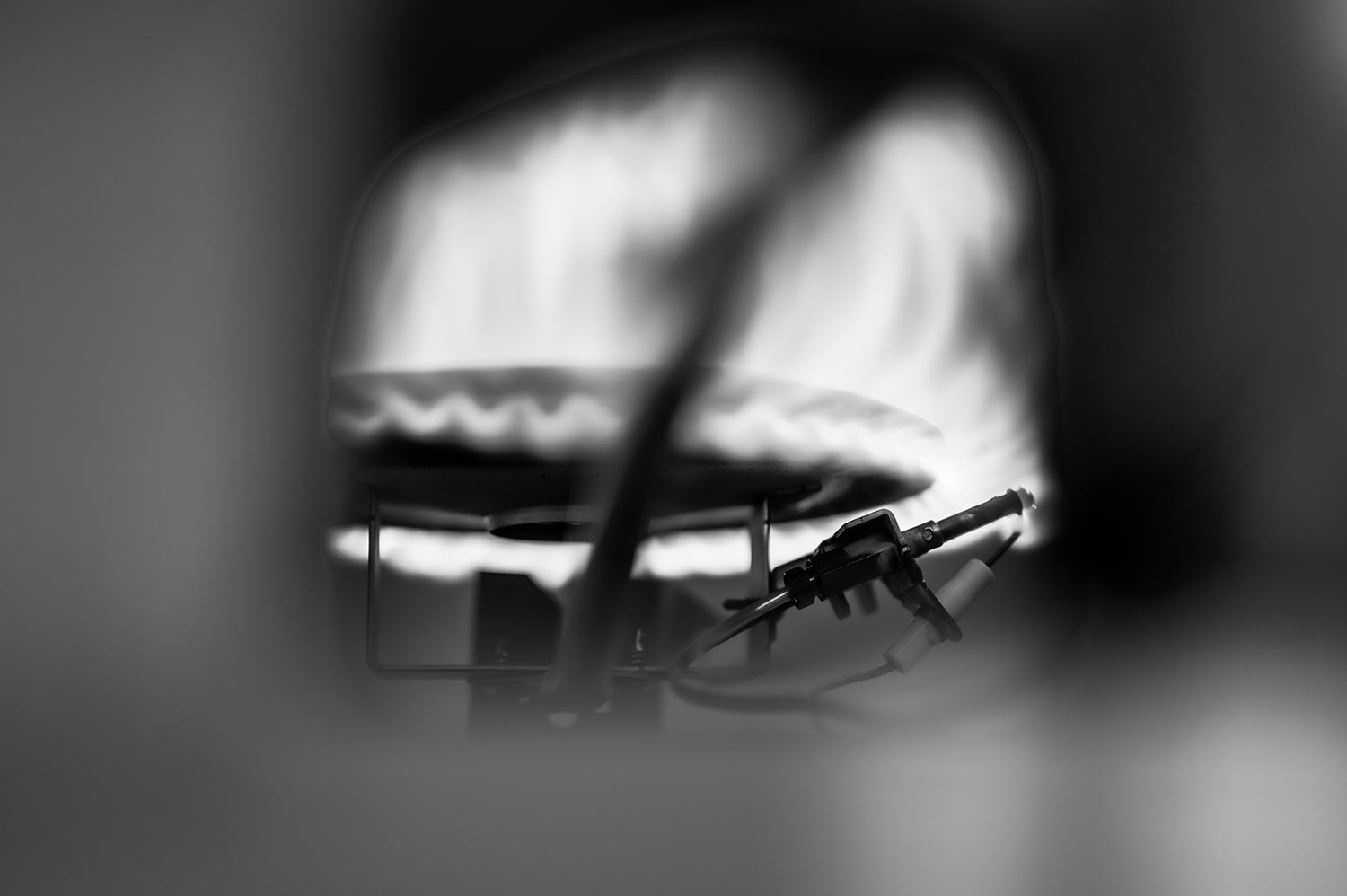
What Are Common Furnace Issues You Might Encounter?
Here are some common problems you might encounter with your heating system:
- Unit Not Turning On
- Burner Contamination
- Furnace Is Not Well Lubricated
- Malfunctioning Limit Switch
- Furnace Switching On And Off Quickly
- House Smells Of Gas
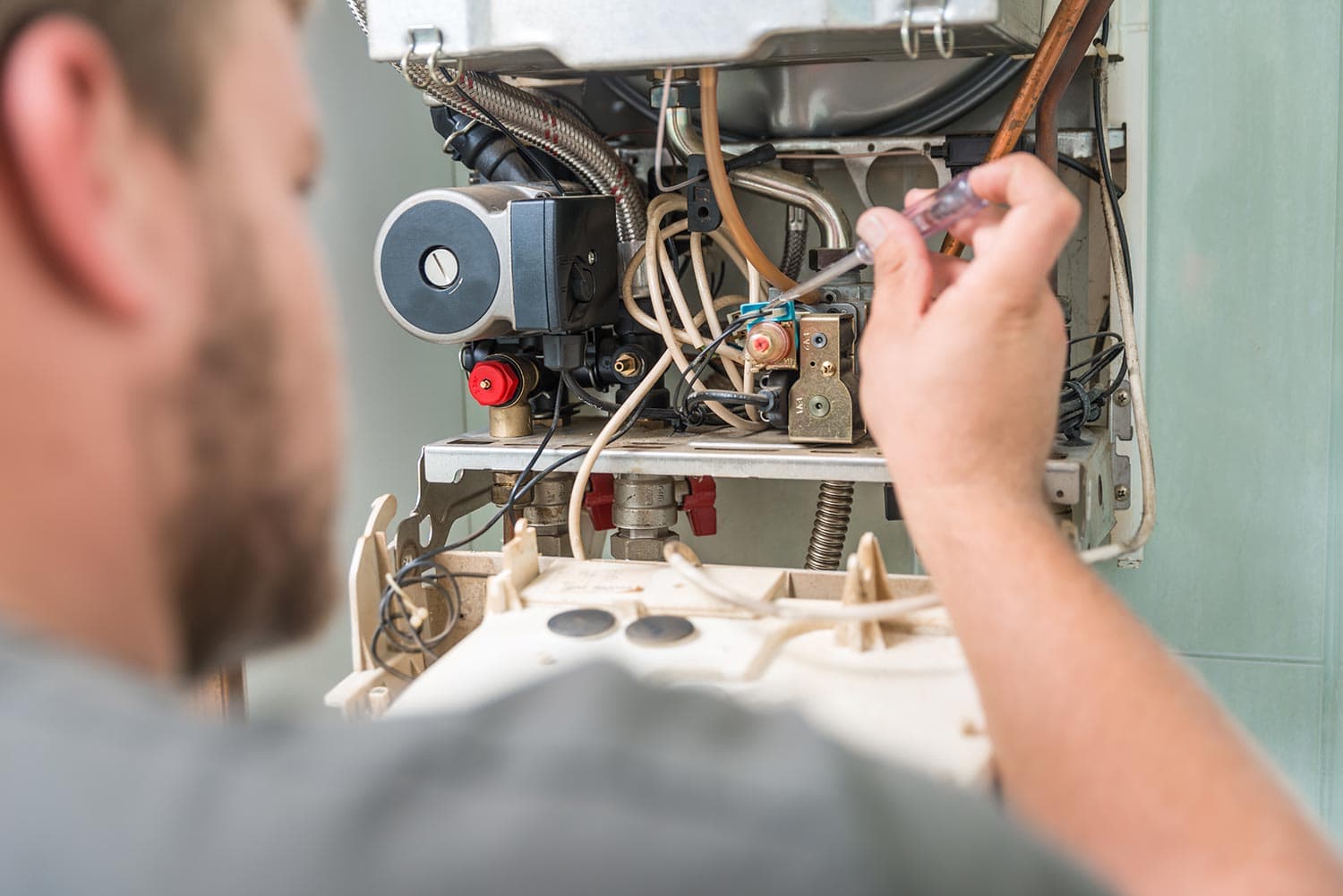
Unit Not Turning On
There may be very simple or extremely complex causes for your gas furnace to stop working. There are a lot of things you may check before calling a skilled HVAC contractor for furnace repair service, however, you are probably best off leaving the complex issues with thermocouples, wiring, heat exchangers, and blower motors to a qualified professional.
Here are 5 simple things you can DIY to diagnose the problems with your furnace:
- Make sure the system switch is in the AUTO or HEAT position and that the temperature control selection is set higher than the ambient room temperature.
- Ensure that the furnace filter is clean by checking.
- Make sure the furnace's fuse/circuit breaker has not tripped by checking it at the electrical panel.
- The majority of contemporary furnaces still feature a pilot light, which lets you know that gas and propane are entering your furnace system. Your furnace will shut off to prevent gas or propane from seeping into your home if this flow of gas or propane is disrupted for any reason.
- Verify that the gas valve leading to the furnace is open. Your heating system can run out of fuel if the gas supply to it is interrupted.
Burner Contamination
Your burners' most frequent failures can result from pollution. You should check your burners to make sure there is no debris inside of them.
Looking at the flames is one technique to check to see if your burners are clean. Your burner is probably clean if the flames are blue and even. You most likely have filthy burners if they are yellow.
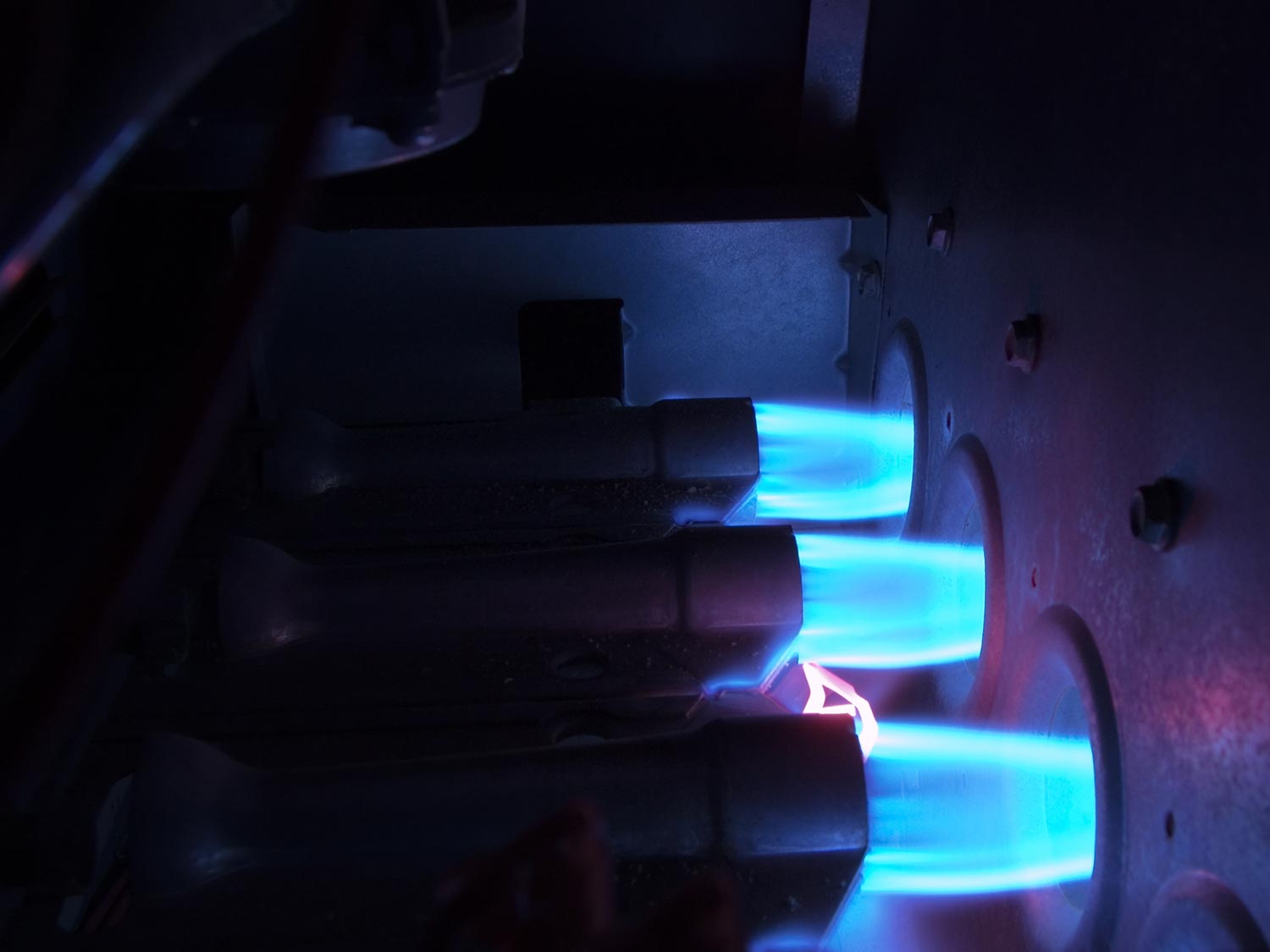
Make sure to turn off the electricity and the gas before using a vacuum cleaner to clean your burners. The area surrounding the blower is another location that you need to clean.
Every year, you should clean the burner assembly, and if you have a damaged one, you should install a new one.
Furnace Is Not Well Lubricated
Your heating system's operation depends greatly on the furnace blower motor. Once a year, apply lubrication to the motor, and it shouldn't make any strange noises when turned on.
Here are seven simple yet thorough instructions on how to oil a furnace blower motor:
- At the main electrical panel, shut off the circuit breaker that powers the furnace.
- With a screwdriver, loosen the screws holding the access panel to the furnace.
- You can find the blower motor assembly close to the furnace's base. Use a wrench to remove the bolts attaching the blower motor to the system's main assembly.
- On the side of the motor casing, look for the set screw. Take out the bolts. Exit the housing with the motor attached.
- Find the oil ports on the shaft and motor.
- Pour 1-2 droplets of oil should be into each port.
Malfunctioning Limit Switch
Limit switches should never fail open and are typically closed. Consequently, the circuit is opened when they become faulty or when the temperature becomes too high. If the limit switch is open, then you should change it.
You could severely shorten your blower's lifespan by a defective limit switch if it keeps running continually. You can swiftly resolve this issue by having a technician repair the limit switch.
Furnace Switching On And Off Quickly
There are many causes of this issue. But the first thing to look at is if you have a dirty filter. You can be dealing with a more serious issue if a new filter doesn't fix the issue.
Look inside the furnace's inspection window. Make sure all debris is removed from the blower. A flashing red or green light should also be present.
To be certain, consult the handbook. If the light is green, everything is well; if it is red, contact service. And if there is no light, the run capacitor, thermostat, blower motor, furnace control board, or transformer could be at fault.
House Smells Of Gas
If there is a strong stench of gas and you suspect a leak, you should leave your house right away and call your gas utility provider.
Your gas furnace won't run as efficiently if there is a gas leak. But more significantly, it could pose a serious threat to your family's health.
In Closing
A dirty air filter, airflow problems, fuel supply, and ignition system damage can cause your furnace to malfunction. Although you can easily change air filters, if the damage is too complex to handle, it is best to call for professional help.
It is also beneficial to regularly schedule service maintenance for your heating system.
Lastly, if you are having problems with your heating system, you can check out these related articles:
